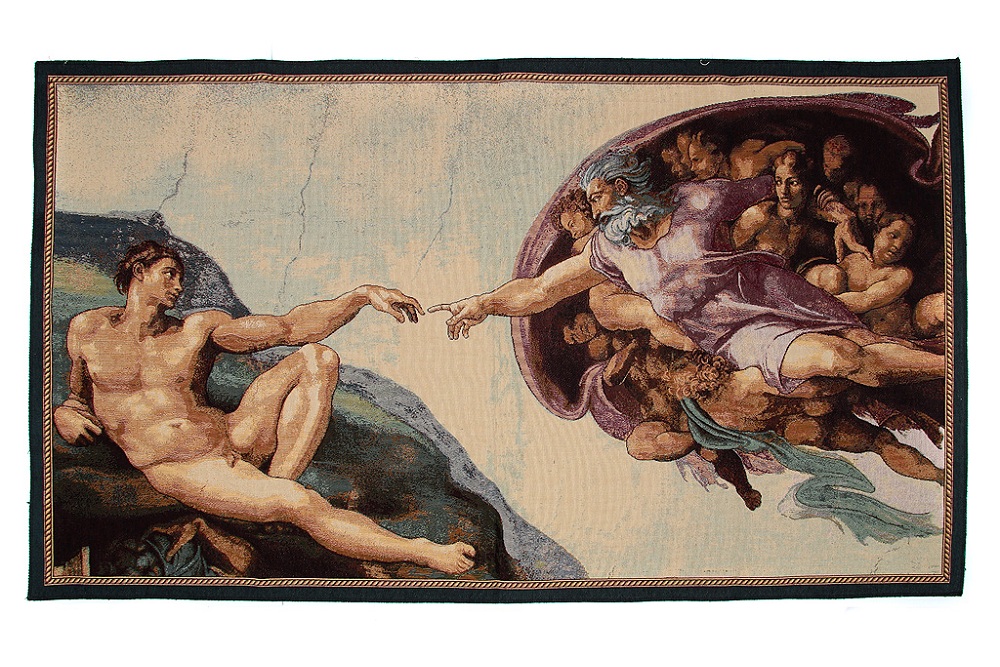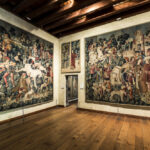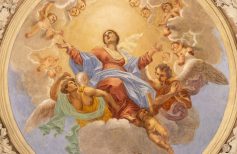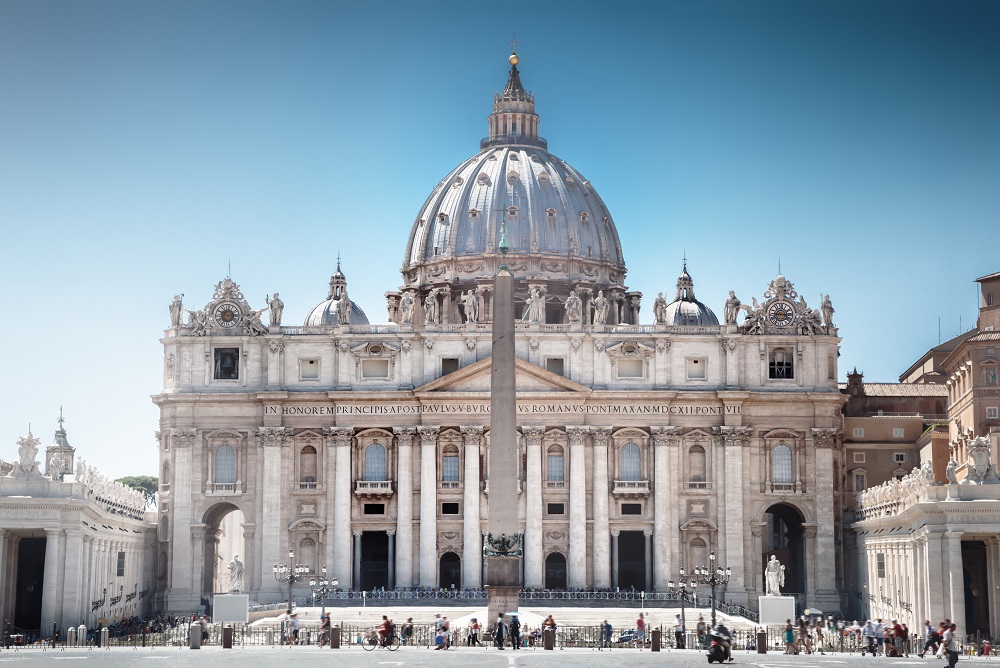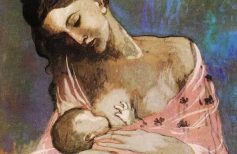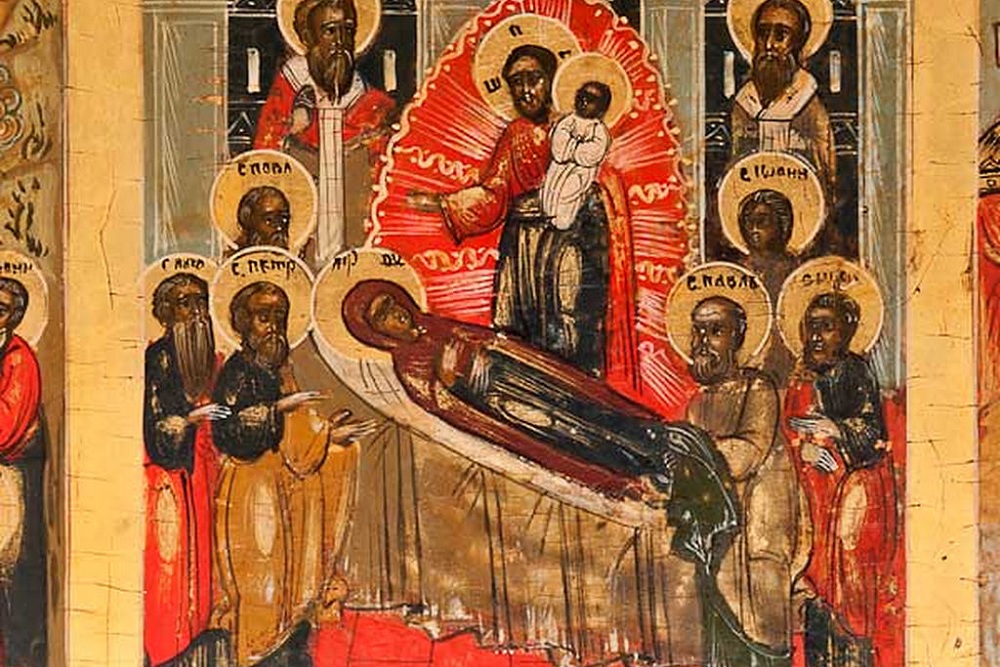Tapestry is an extremely ancient art form which has been present in all cultures in the world for millennia. The oldest tapestries date back to ancient Egypt, and some were also found in pre-Columbian America and the enduring remnants of the ancient Asian empires.
The tapestry is considered as an art which mixes both the artist painting’s skills, who may have been a painter of great fame and carries out the preparatory drawing or cardboard, and the artisan, who had to make the actual tapestry, starting from the base.
The name Tapestry comes from the French town of Arras, famous in the Middle Ages for its vast production of this artwork. In Europe the art of tapestry started in the fourteenth century and reached its peak during the Renaissance. In addition to its artistic value, tapestries were in great demand to decorate castles, churches, and in nobles’ residencies as thermal insulation: in fact, when they are on the walls, they allow to heat rooms which otherwise would be too large to heat and hence cold.
Great artists such as Raphael, Rubens, Goya made cartoons for tapestries. The subjects of the cartoons could be various: from mythology, history, nature, to sacred subjects. The religious tapestries were often kept in churches and rolled out only on special occasions, such as celebrations, but sacred tapestries could also be found in private houses.
One of the most famous religious tapestries is the well-known Apocalypse Tapestry, a cycle of tapestries made in the late fourteenth century, inspired by the Apocalypse of St. John, commissioned by the Valois family and considered as a French artistic heritage.
From the technical point of view, to make a tapestry it’s necessary to use a loom with a high or low heddle frame (heddle is that part of the frame which moves the string’s weft), a basic cardboard, colored threads, each connected to a different spool, combs to harmonize the wool, and scissors. Starting from the cardboard, the first thing which needs to be made is the weft, which serves as base for the tapestry. For the weft generally it’s used twisted cotton, whereas in the past were more common linen or wool. The weft, which is the actual design, is made of wool or silk, sometimes mixed together. In modern tapestries we can also find viscose and synthetic fibers. The making of a tapestry requires the presence and participation of many craftsmen, each specialized in a specific field: painters, weavers, seamstresses. It is a challenging and laborious practice, but nonetheless able to produce works of great beauty and value.

